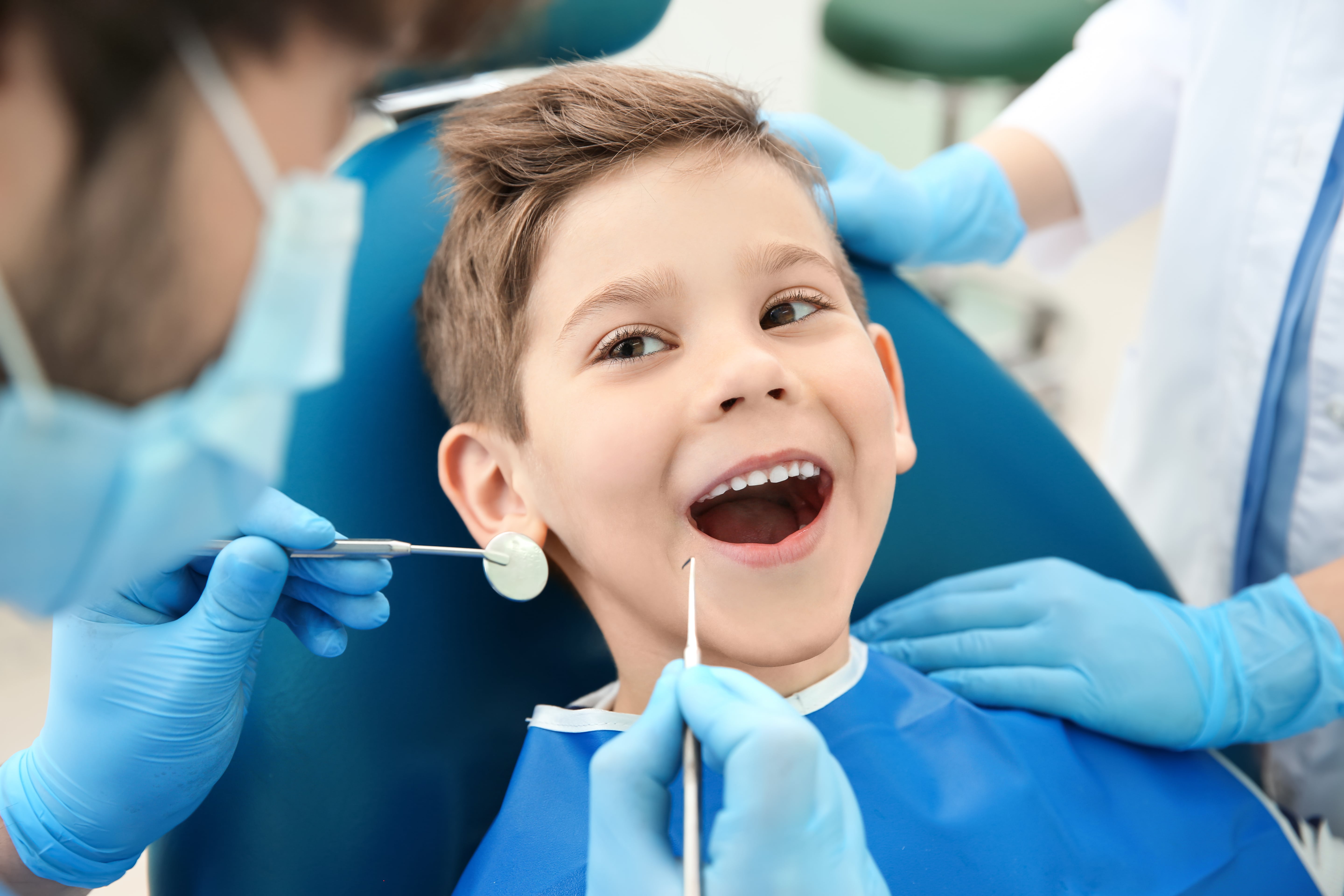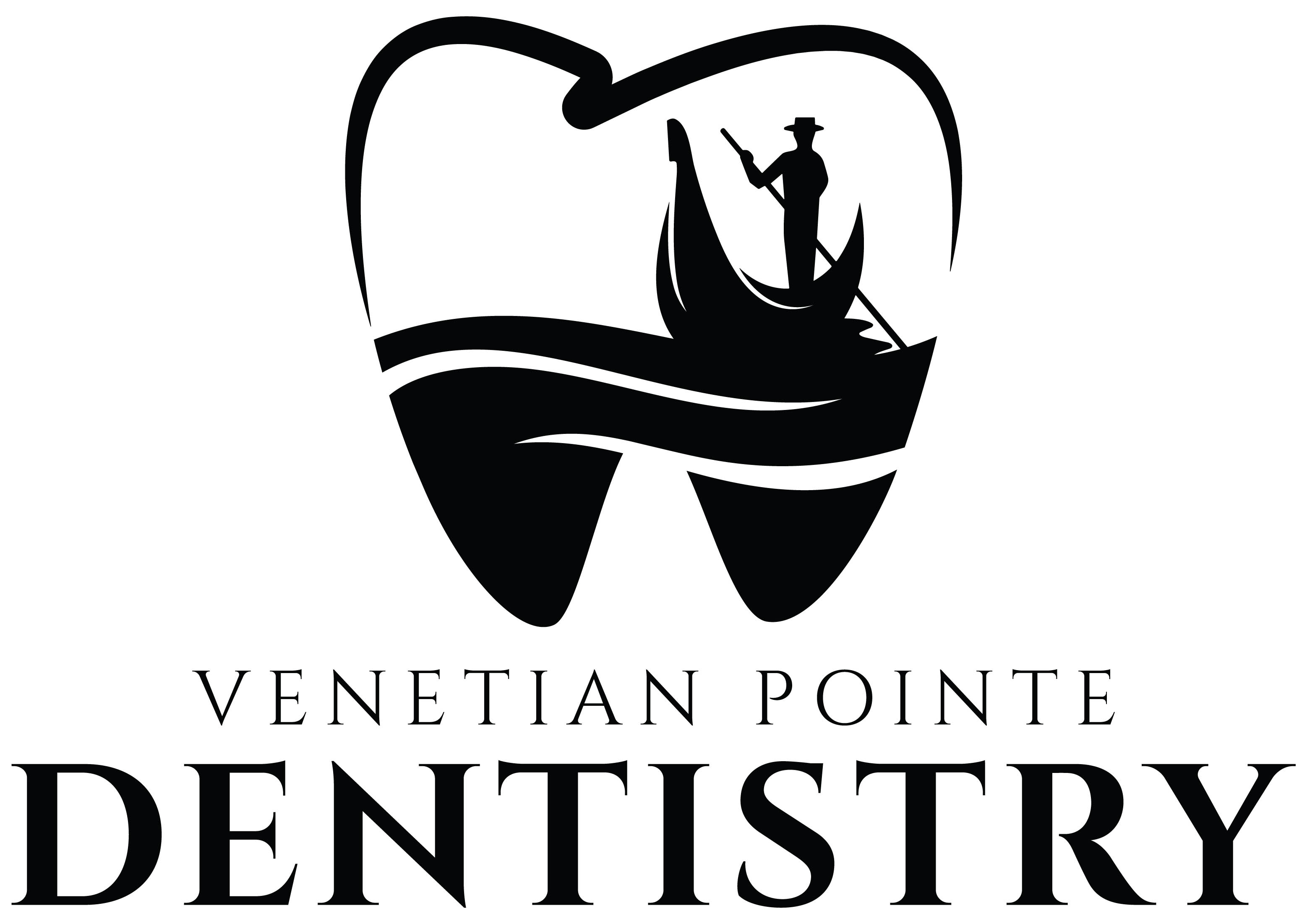Pediatric Dentistry
Young children's teeth are more vulnerable to damage and decay since they are softer and more vulnerable than adult teeth. Furthermore, children may be more prone to certain oral health issues and oral habits like thumb sucking. This is why ensuring your child receives routine pediatric dental care is important.
At Venetian Pointe Dentistry, our dentists provide pediatric dentistry services to prevent, diagnose, and manage oral health issues in children, including infants, adolescents, and teenagers. They create personalized treatment plans to address any issues and also help your child develop good oral hygiene habits for a life-long healthy smile.

What Types of Treatments Do Pediatric Dentists Provide?
Dental Examinations
Our pediatric dentists perform comprehensive dental examinations to assess the overall oral health of children. They examine the teeth, gums, and other oral structures to detect dental issues or abnormalities.
Dental Fillings
Our pediatric dentists use fillings to treat cavities, which are very common in children. For this procedure, the dentist first removes the decayed portion of the tooth and then restores the tooth with filling material, such as tooth-colored composite resin.
Dental Sealants
Our pediatric dentists often apply dental sealants to children's permanent back teeth. Sealants are thin plastic coatings applied to the chewing surfaces of teeth to protect them from decay-causing bacteria and food particles.
Advantages of Pediatric Dentistry
Early Detection and Intervention
Regular visits to a pediatric dentist enable early detection of dental issues such as tooth decay, gum disease, bite problems, and oral developmental concerns. Early intervention can prevent the progression of dental issues, minimize the need for extensive treatments, and promote proper growth and development of the teeth and jaws.
Preventive Care
Our pediatric dentists emphasize preventive care to maintain optimal oral health in children. They provide dental cleanings, fluoride treatments, and dental sealants to protect against tooth decay. They also educate children and parents about the importance of good oral hygiene practices, healthy eating habits, and other habits that promote oral health.
Early Orthodontic Evaluation
Our pediatric Dentist in Orlando, FL can assess the alignment and development of children's teeth and jaws. They can identify potential orthodontic issues early and provide timely recommendations for orthodontic evaluation or intervention if necessary. Early orthodontic intervention can prevent or minimize the need for extensive orthodontic treatment in the future.
Preventive Services
Our pediatric dentists focus on preventive care to help young patients maintain good oral health. Our preventive services include dental sealants, fluoride treatments, oral hygiene education, and recommendations for a healthy diet and lifestyle habits.

Pediatric dentistry plays a vital role in ensuring children's oral health and overall well-being, helping children develop and maintain healthy smiles and positive attitudes toward dental care. For specialized dental care in a child-friendly environment, visit Venetian Pointe Dentistry at 5940 Turkey Lake Rd, Orlando, FL 32819, or call (407) 352-6959.
